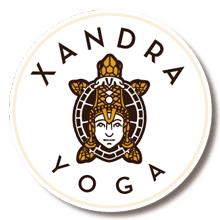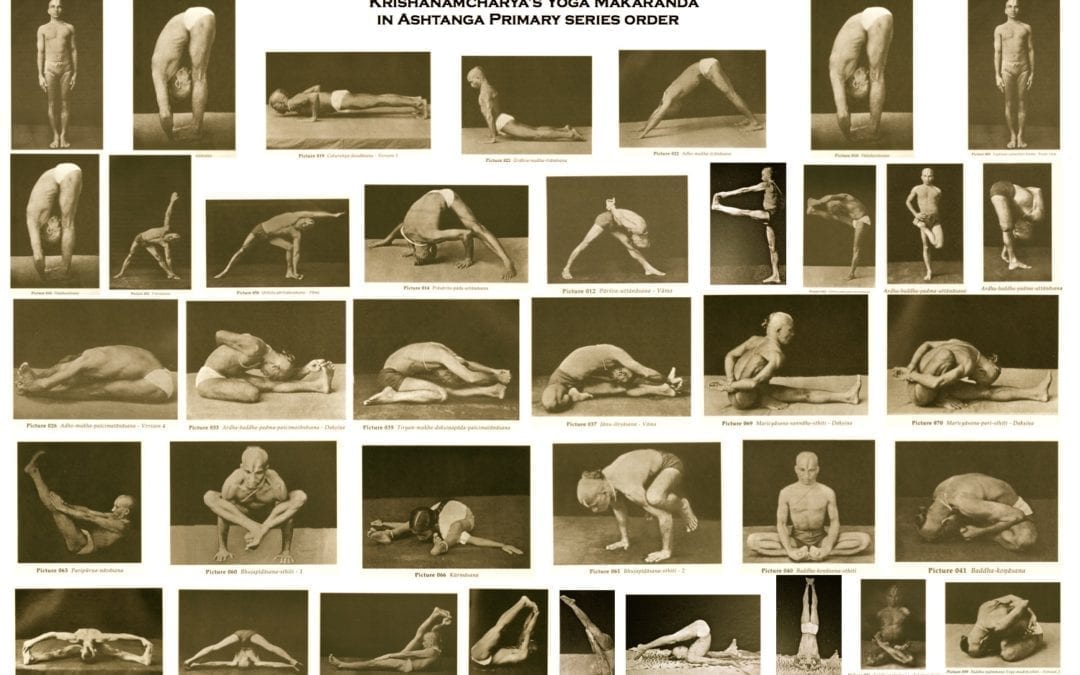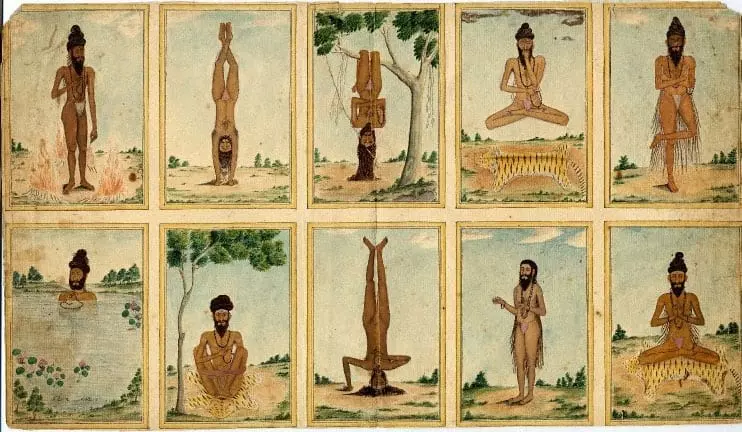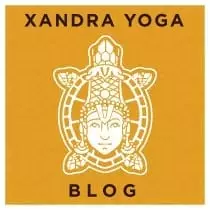As a general rule we are all practicing Hatha Yoga.
Shiva has described 8,400,000 Asanas which represent the number of species of living creatures including in the Universe.
From these 8,400,000 asana only 84 where recognised has been perfect.
From the 84 asanas only 32 where found useful for mankind in the world.
Here are listed the 32 Asana from Hatha Yoga Pradeepika or Gheranda Samhita:
- Siddhasana
- Padmasana
- Bhadrasana
- Muktasana
- Vajrasana
- Svastikasana
- Simhasana
- Gomukhasana
- Virasana
- Dhanurasana
- Mritasana
- Guptasana
- Matsyasana
- Matsyendrasana
- Gorakhsana
- Paschimottanasana
- Utkatasana
- Sankatasana
- Mayurasana
- Kukkutasana
- Kurmasana
- Uttana Kurmasana
- Mandukasana
- Uttana Mandukasana
- Vrikshasana
- Garudasana
- Vrishasana
- Shalabasana
- Makarasana
- Ustrasana
- Bhujangasana
- Yogasana
(Source: Isha Sadhguru and this awesome article from Elephant Journal)
Therefore it is easy to conclude that we are all practicing the same Yoga. Only the way or manner of teaching differ.
In all asana practice we are practicing Vinyasa. Please read my article about what is Vinyasa Yoga.
In all different yoga « style » or Asana practice (this term will be more appropriate) we have Hatha Yoga, Iyengar Yoga, Yin Yoga, Flow Yoga, Vinyasa Yoga and Ashtanga Vinyasa Yoga.
Ashtanga Vinyasa Yoga has not been created by Patanjali. The series has been written by Sri Pattabhi Jois.
However Patanjali has codified the Yoga Sutra which are known as the 8 limbs of Yoga (Ashtanga Yoga), as well Ayruveda and the Sanskrit Grammar.
Looking deeply toward the practice of the Ashtanga Yoga Vinyasa we can easily conclude that Sri Pattabhi Jois has been directly inspired from his Master Sri Krishnamacharya.
Sri Krishnamacharya is the one who developped the Vinyasa Krama. The origin of « Krama » means « succession ».
We start from ONE asana and we practice it in all possible way.
The best example will be the Lotus Sequence:
- Ardha Padmasana
- Ardha Padmasana
- Ardha Baddha Padmasana
- Ardha Baddha Padmasana Paschimottanasana
- Vasistasana
- Ardha Matsyendrasana
- Ardha Matsyendrasana 2
- Ardha Baddha Purvotasanana
- Padmasana
- Parvatsana
- Bhadrasana 1
- Bhadrasana 2 avec les bandhas
- Laghu Yoga Mudra
- Utpluti Yoga Mudra
- Parshva Laghu Yoga Mudra
- Badha Padmasana
- Yoga Mudrasana
- Parshva Yoga Mudrasana
- Urdhva Mukha Padmasana
- Supta Padmasana
- Matsyendrasana
- Matsyendrasana 2
- Urdhva Padmasana
- Akuncita Urdhva Padmasana (
- Pindasana
- Urdhva Padmasana avec un twist
- Urdhva Padmasana avec un twist plus intense
- Bent back upward lotus
See the sequence below.
Vinyasa Krama sequences are following the logic of the body, it is an organic practice covering Asymmetric seated, Seated posterior stretch, on one leg, Supine, Bow, Triangle, Inverted, Meditative, Lotus, Visesha, Winding down procedures.
Therefore the Vinyasa Krama is not at all the learning of the Vinyasa Counting.
Please note that Vinyasa count is not only happening during the Ashtanga Yoga Series but also during a Hatha Yoga class. Each movement has his own pattern such as Ekam (1) – Inhale, Dwe (2) – Exhale, Trini (3) Inhale and so on.
Have a good Practice!
Namaste




